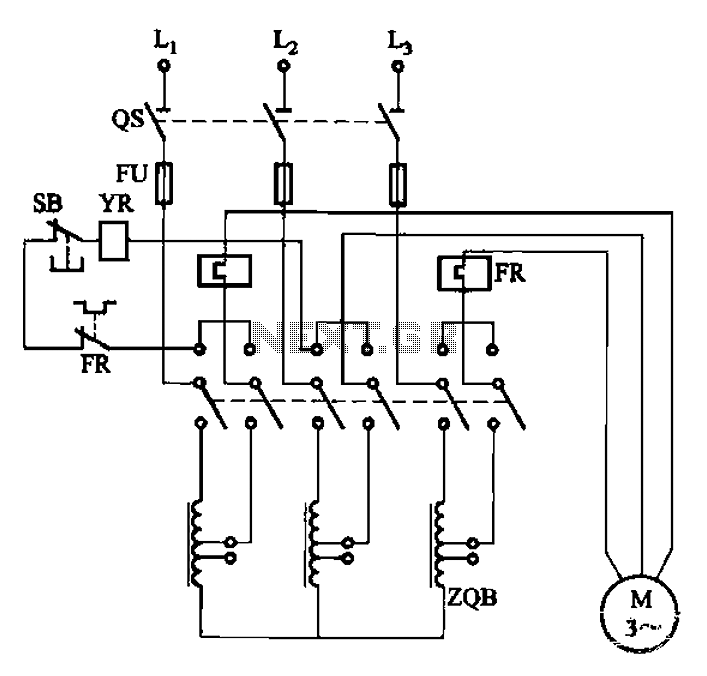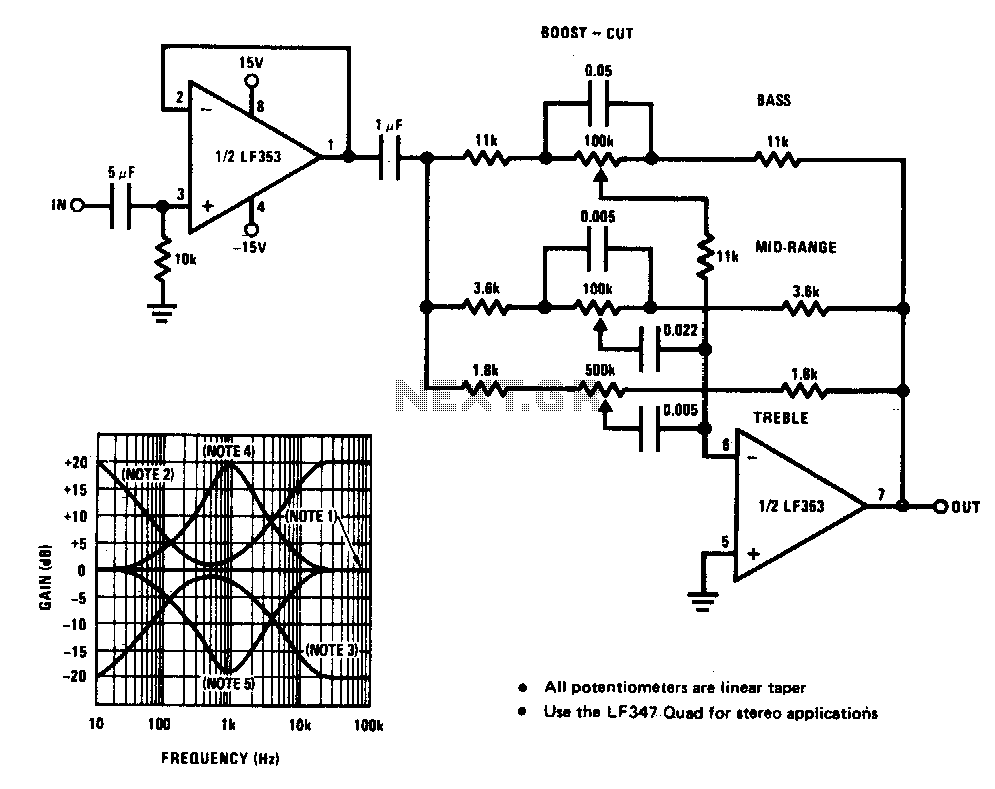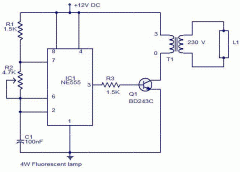
siren circuit

This circuit generates a siren sound when switch S1 is pressed. The sound frequency increases as capacitor C1 charges, and when switch S1 is released, the frequency decreases as capacitor C1 discharges.
The circuit operates on a simple principle of sound generation through frequency modulation, utilizing a capacitor and a switch. When switch S1 is pressed, it initiates the charging of capacitor C1, which in turn alters the frequency of the sound produced. The charging process of the capacitor is directly related to the increase in frequency, creating a rising pitch in the siren sound.
The frequency modulation can be achieved using a simple oscillator circuit, typically involving a 555 timer IC configured in astable mode. In this configuration, the frequency of oscillation is determined by the values of the resistor(s) and capacitor connected to the timer. As capacitor C1 charges through the resistor, the time constant of the RC network influences the frequency, resulting in a higher pitch sound.
Upon releasing switch S1, the capacitor C1 begins to discharge. The discharge process causes a decrease in the voltage across the capacitor, leading to a reduction in frequency and subsequently a drop in pitch of the siren sound. This creates a dynamic sound effect that mimics a traditional siren.
To ensure proper functioning, it is important to select appropriate values for the resistor and capacitor to achieve the desired frequency range. Additionally, the circuit may include a speaker or buzzer to convert the electrical signals into audible sound. Proper connections and component ratings must be verified to maintain circuit integrity and performance.
In summary, this circuit effectively utilizes the charging and discharging characteristics of capacitor C1 in conjunction with a switch to create a siren sound that varies in frequency, providing a simple yet effective sound modulation application.This circuit will generate siren sound when S1 pressed and increate sound frequency becuase capacitor C1 charged when switch S1 released the frequency will decreated(C1 discharged). 🔗 External reference
The circuit operates on a simple principle of sound generation through frequency modulation, utilizing a capacitor and a switch. When switch S1 is pressed, it initiates the charging of capacitor C1, which in turn alters the frequency of the sound produced. The charging process of the capacitor is directly related to the increase in frequency, creating a rising pitch in the siren sound.
The frequency modulation can be achieved using a simple oscillator circuit, typically involving a 555 timer IC configured in astable mode. In this configuration, the frequency of oscillation is determined by the values of the resistor(s) and capacitor connected to the timer. As capacitor C1 charges through the resistor, the time constant of the RC network influences the frequency, resulting in a higher pitch sound.
Upon releasing switch S1, the capacitor C1 begins to discharge. The discharge process causes a decrease in the voltage across the capacitor, leading to a reduction in frequency and subsequently a drop in pitch of the siren sound. This creates a dynamic sound effect that mimics a traditional siren.
To ensure proper functioning, it is important to select appropriate values for the resistor and capacitor to achieve the desired frequency range. Additionally, the circuit may include a speaker or buzzer to convert the electrical signals into audible sound. Proper connections and component ratings must be verified to maintain circuit integrity and performance.
In summary, this circuit effectively utilizes the charging and discharging characteristics of capacitor C1 in conjunction with a switch to create a siren sound that varies in frequency, providing a simple yet effective sound modulation application.This circuit will generate siren sound when S1 pressed and increate sound frequency becuase capacitor C1 charged when switch S1 released the frequency will decreated(C1 discharged). 🔗 External reference





